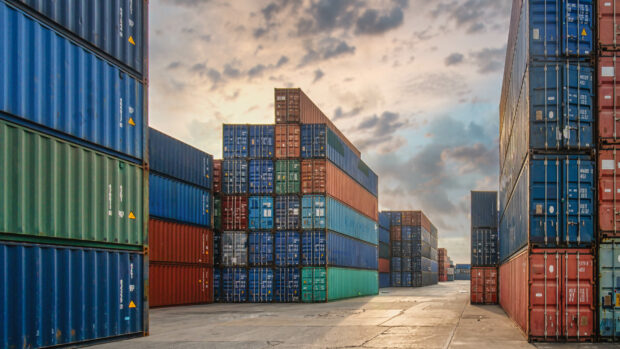Transparency is the key to managing supply chain risk. But some businesses only focus on selective financial information from their suppliers, which can leave them exposed. Beyond creditworthiness, there are many additional threats to consider—such as second-, third- and fourth-tier suppliers as well as natural disasters, fires, strikes and sanction risks.
Executive Summary
Without sophisticated technology to proactively identify and analyze complicated supply chain risks, full transparency for threat detection is hard to achieve. In this profile of "riskmethods," L.S. Howard describes how the company uses artificial intelligence and machine learning to provide real-time data for supply chain risk management, helping customers identify the weakest points of their supply networks.However, without sophisticated technology to proactively identify and analyze these supply chain risks, full transparency for threat detection is hard to achieve. Manual tracking is next to impossible for complicated global supply chains.
When Munich-based riskmethods was launched in 2013, its CEO Heiko Schwarz wanted to use technology to build a platform that helps companies with their supply chain risk management (SCRM).
Schwarz saw a gap in the marketplace and the ability to harness real-time media monitoring and real-time monitoring of risks to back risk management practices, explained Constantine Limberakis, senior director of Product & Solutions Marketing for riskmethods, in an interview with Carrier Management.

























